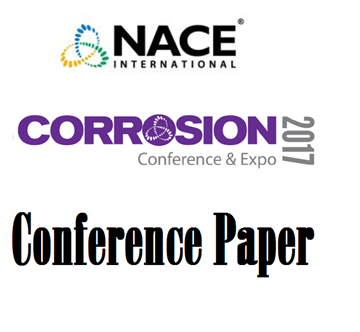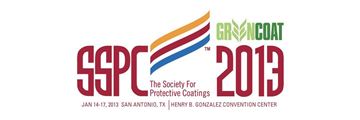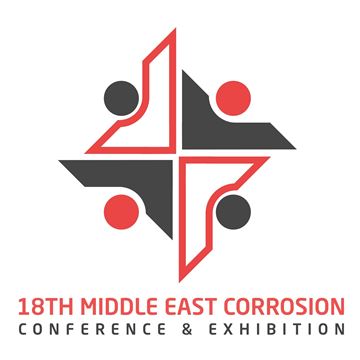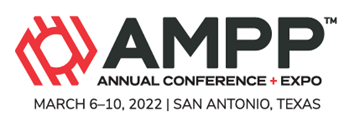Search
Conference Papers
View as
Sort by
Display
per page
Using the German Test Method TL 8135-002 for Multi-Metal Application: Non-Ferrous Alloys
Product Number:
51324-20795-SG
Publication Date:
2024
$40.00
Using Ultrasonic Technique to Determine Fitness for Service of FRP Equipment for Chemical Handling Applications
Product Number:
51317--8861-SG
ISBN:
8861 2017 CP
Publication Date:
2017
$20.00
Using Virtual Reality to Help Teach Application Technique
Product Number:
41213-798-SG
Publication Date:
2013
$20.00
Utilization Of Adsorption Kinetics Rate Constants To Better Define Corrosion Inhibitor Availability
Product Number:
51321-16861-SG
Publication Date:
2021
$20.00
Utilizing 3D Printing in Oil and Gas Applications
Product Number:
MECC23-19931-SG
Publication Date:
2023
$20.00
Utilizing Corrosion Damage Morphology As An Indicator Of Microbiologically Influenced Corrosion (MIC) In Oilfield Waters
Product Number:
51322-17687-SG
Publication Date:
2022
$20.00
Utilizing IR4.0 Solutions to Transform a Conventional GOSP to an Intelligent GOSP (iGOSP)
Product Number:
MPWT19-15456
Publication Date:
2019
$0.00
Utilizing Polymer Technology to Avoid Moisture Problems
Product Number:
41206-237-SG
Publication Date:
2006
$20.00
Utilizing Sustainability ScoreCards to Quantitatively Analyze the Sustainability Impact of Applied Linings Systems
Product Number:
51324-21040-SG
Publication Date:
2024
$40.00
Utilizing Temperature and Humidity Sensors in Developing Corrosion Prevention Strategies
Product Number:
51319-13120-SG
Publication Date:
2019
$20.00
Utilizing Temporary Dehumidification For Long Term Lay-Ups of Shipping Vessels
Product Number:
41210-527-SG
Publication Date:
2010
$20.00
UV-Curable Organic Coating for Corrosion Protection of Inner Surfaces of Pipelines
Product Number:
51324-21025-SG
Publication Date:
2024
$40.00














